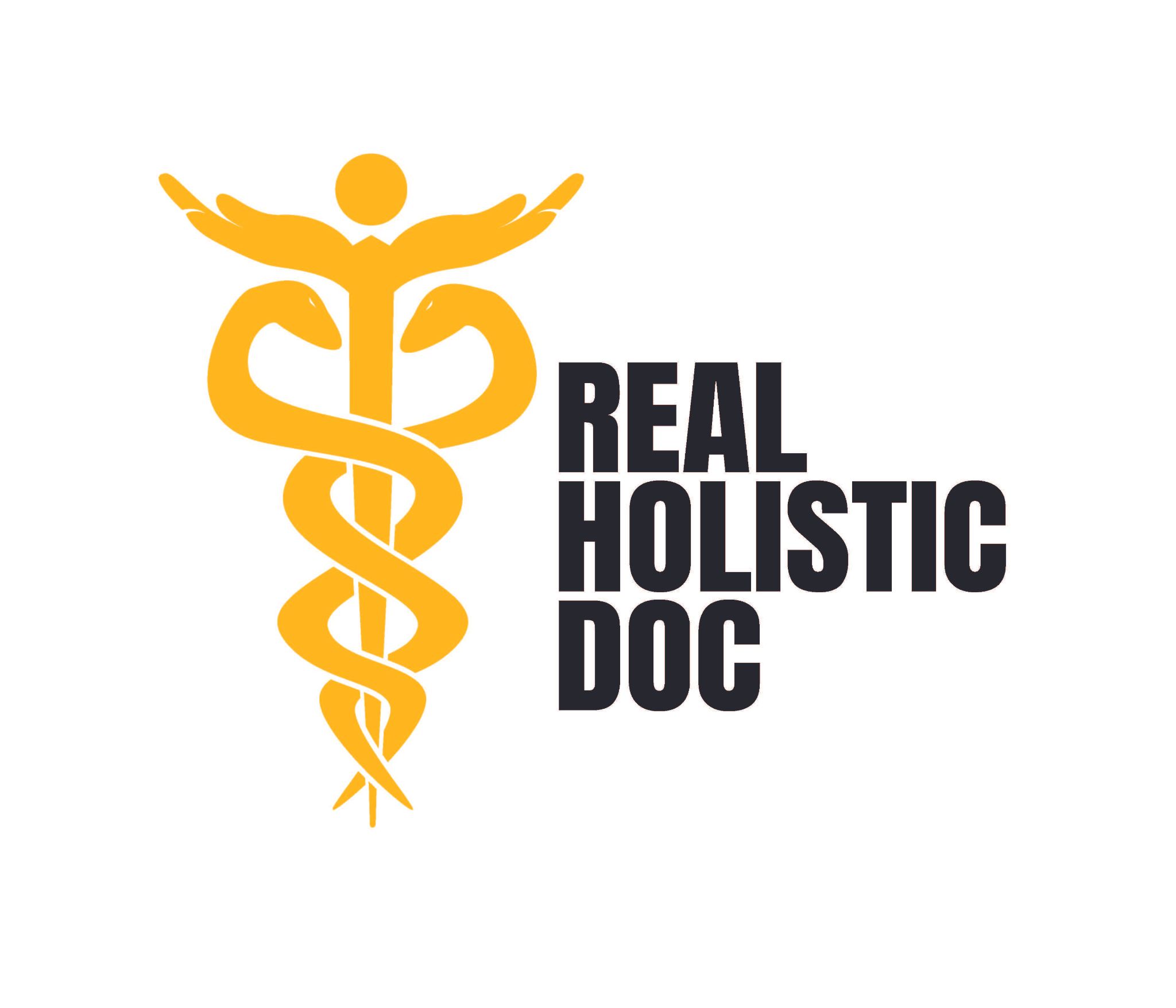Medicinal cannabis for chronic pain or pain in general pain is effective. In fact, 30 to 87% of patients in different patient populations who use cannabis for medicinal purposes report pain or chronic pain relief as the reason for medicinal cannabis use.
There is substantial evidence that cannabis improves pain in fibromyalgia and in multiple sclerosis. Cannabinoid receptors are widely expressed in the central and peripheral nervous systems, and this is why medicinal cannabis is so effective in pain relief.
So, when does it make sense to use cannabis for chronic pain instead of opioids?
The answer is just about always. Widespread and alarming addiction rates and deaths from opioid misuse, abuse, and diversion, plus the modest or minimal efficacy of opiates for chronic pain, have shown the biomedicine community that safer pharmaceutical alternatives are needed.
For immunodeficiency polyneuropathy, diabetic neuropathy, post-herpetic neuralgia, complex regional pain syndrome, spinal cord injury, traumatic neuropathic pain, multiple sclerosis, or cervical disc disease using cannabis for the resulting chronic pain is preferred.
Yet, the use of medical cannabis is not without risk.
The exposure of chronic pain patients to cannabis with high THC concentrations puts them at risk of experiencing side effects or adverse events without further beneficial effects, and of developing tolerance or potential abuse.
For example, males who smoke cigarettes, adolescents who consume cannabis regularly or exhibit oppositional behaviors, adolescents with poor school performance or antisocial behaviors, and patients who started to consume alcohol or nicotine at a young age or experienced childhood sexual abuse are potential users of recreational cannabis.
Although alcohol or nicotine dependence alone does not represent a risk factor for the progression to cannabis abuse, the evidence indicates that a combined use of abuse substances presents a risk factor for the development of problem cannabis use.
There is also moderate evidence suggesting that patients with major depressive disorders are vulnerable to developing cannabis addiction or use disorder.
Monitoring for possible cannabis abuse is important for patients with posttraumatic stress disorder (PTSD) and patients with a history of psychiatric treatment. There is evidence that spontaneous cannabis abuse is associated with psychiatric treatment and an increase in severity of PTSD symptoms!
The use of recreational cannabis enhances the risk of developing psychotic outcomes. Patients with cannabis-induced psychosis have a high risk of conversion to schizophrenia or bipolar disorder, especially in young adults. (The risk of conversion is 50%.)
More than 35% of individuals using cannabis for medicinal purposes use cannabis as a substitute for opioids or narcotics for the treatment of pain. And at a lesser extent patients use cannabis for anxiolytics and antidepressants.
Could cannabis help with the opioid crisis?
With 6 months of daily use, patients saw a significant reduction in the impact of chronic pain in their lives. Interestingly, a significant proportion of patients (44%) using opioids discontinued opioid consumption with cannabis intervention.
Researchers have found that medicinal cannabis results in a significant reduction in opioid dependence or abuse and overdose hospitalizations. It also reduces the use of prescription medication for chronic pain and other conditions.
The abuse potential or risk of abuse of cannabis versus opioids is much more favorable to cannabis. Chronic pain or pain, in general, is at the root of illicit drug use or prescription drug misuse. Approximately 87% of patients with illicit drug use or prescription drug misuse blame chronic pain for their behavior.
What TCH concentration is best for chronic pain relief?
A 10–15% THC concentration in cannabis is effective in chronic pain and has the potential to reduce opioid consumption.
Any of the other currently approved drugs have a very modest effect (approximately 30% pain reduction) in only a subpopulation of chronic pain patients (approximately 50%) with or without improvements in function. Pain drugs produce multiple side effects that limit clinical use.
Chronic pain affects approximately 100 million adults, and costs $560–$635 billion in the United States alone. Doctors often recommend opioids as an option for the treatment of chronic pain. They do this despite opioids lack of superiority to other options and high potential for dependence.
Just one day of OPIOID therapy has a 6% probability of resulting in long-term opioid use.
Eight or more days of therapy has a 13.5% probability OF ADDICTION.
And 31 or more days of therapy has a 29.9% probability of long-term opioid addiction.
The probability of dependence on cannabis after 10 years of use is 5.9%. This risk is considerably lower than that of opioids!
The use of medical cannabis is overwhelming superior to chronic use of opioids, antidepressants, and antianxiety drugs.
Norman Shealy, M.D., Ph.D. is the father of holistic medicine. Dr. Sergey Sorin is a holistic physician as well as the CEO and medical director of the Shealy-Sorin Wellness Institute. Both doctors recommend the Biogenics® System as part of your overall commitment to self-health and dealing with chronic pain.
